Description
Computer Science from Scratch – Building Interpreters, Art, Emulators, and ML in Python
Computer Science from Scratch teaches you how to build interpreters, craft emulators, create generative art tools, and implement practical machine learning models using Python.
Quick Overview
First, this project-driven course focuses on applied computer science concepts that you can use immediately. Furthermore, you will combine theory and hands-on coding to understand core systems including language interpreters, CPU emulators, and ML pipelines. Additionally, the course targets learners who already know basic Python and want to level up into systems programming and creative ML applications.
Course Description
In this intensive course you will construct interpreters from the ground up, emulate simple hardware, and build creative software that generates art and runs machine learning models — all in Python. Moreover, each module pairs compact lectures with practical labs so you retain concepts and then apply them. Next, you’ll debug real projects and learn software design patterns used in production. Consequently, by the end you will confidently design small language runtimes, prototype emulated devices, and integrate ML models into interactive apps.
What You’ll Learn
- How to design and implement a recursive-descent interpreter and bytecode VM.
- How to build a simple CPU emulator and memory model from scratch.
- How to create generative art pipelines using procedural techniques and ML.
- How to implement small, efficient ML models in Python and deploy them locally.
- How to test, debug, and optimize interpreters, emulators, and ML code.
- How to structure projects so you can reuse components across applications.
Course Curriculum (Highlights)
- Introduction & Tooling — Setting up Python, virtual environments, and testing frameworks.
- Lexer & Parser — Tokenization and syntax trees; hands-on parser lab.
- Interpreter & VM — Evaluation strategies, bytecode, and a mini virtual machine.
- Emulation Basics — CPU architecture overview and building an emulator loop.
- Generative Art — Procedural patterns, image pipelines, and creative coding demos.
- ML Fundamentals — Data pipelines, simple neural nets, and model inference in Python.
- Integration Project — Combine interpreter/emulator and ML/art modules into a single app.
Requirements
To start, you should know Python basics (variables, functions, classes). Additionally, familiarity with command-line tools and Git will help you follow labs. However, we include optional primers if you need a quick refresh.
Who Should Take This Course
This course suits software engineers, hobbyist systems programmers, creative coders, and students. Moreover, educators who want project-based modules for classroom use will find the materials adaptable. Finally, self-learners who enjoy building from first principles will thrive here.
Learning Outcomes
By course end you will be able to:
- Design and implement small interpreters and VMs.
- Construct an emulator for simple instruction sets and test it.
- Produce generative art programs and integrate ML inference.
- Document, test, and optimize projects for real-world use.
About the Publication
Authored and curated by experienced computer scientists and Python engineers, this course combines concise explanations with reproducible code. Furthermore, the instructors maintain active Git repositories that accompany each module so you can clone, run, and extend every example.
Includes
- Downloadable code examples and lab instructions.
- Step-by-step project walkthroughs and test suites.
- Reference reading list and suggested next projects.
Explore These Valuable Resources.
For further reading and authoritative references, see:
Explore Related Courses
Find more courses on related topics on our site:

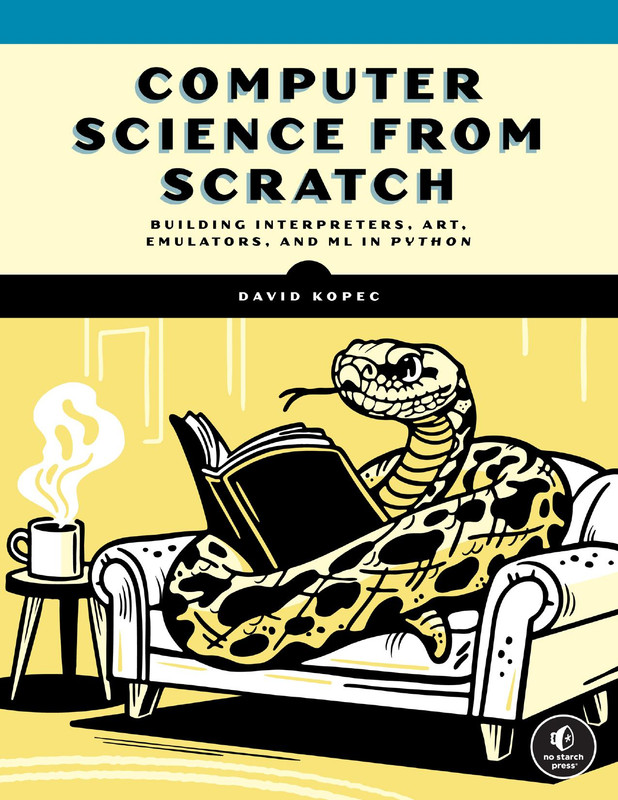





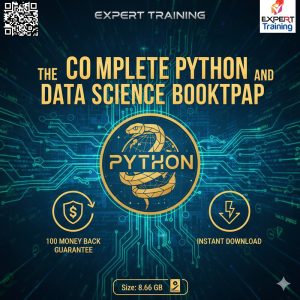


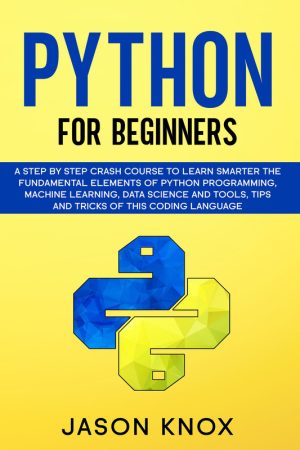


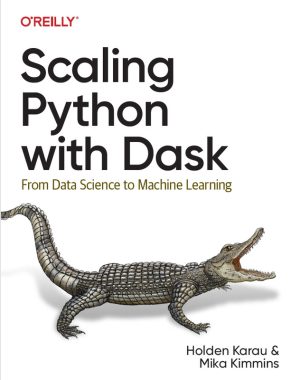


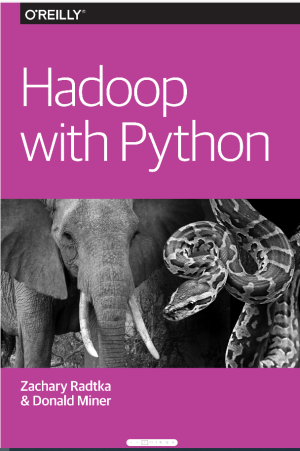
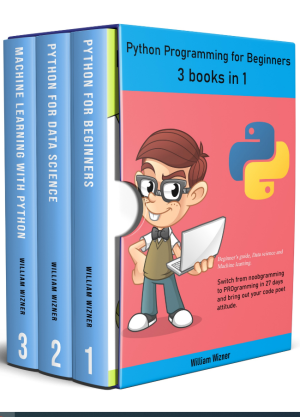
Reviews
There are no reviews yet.